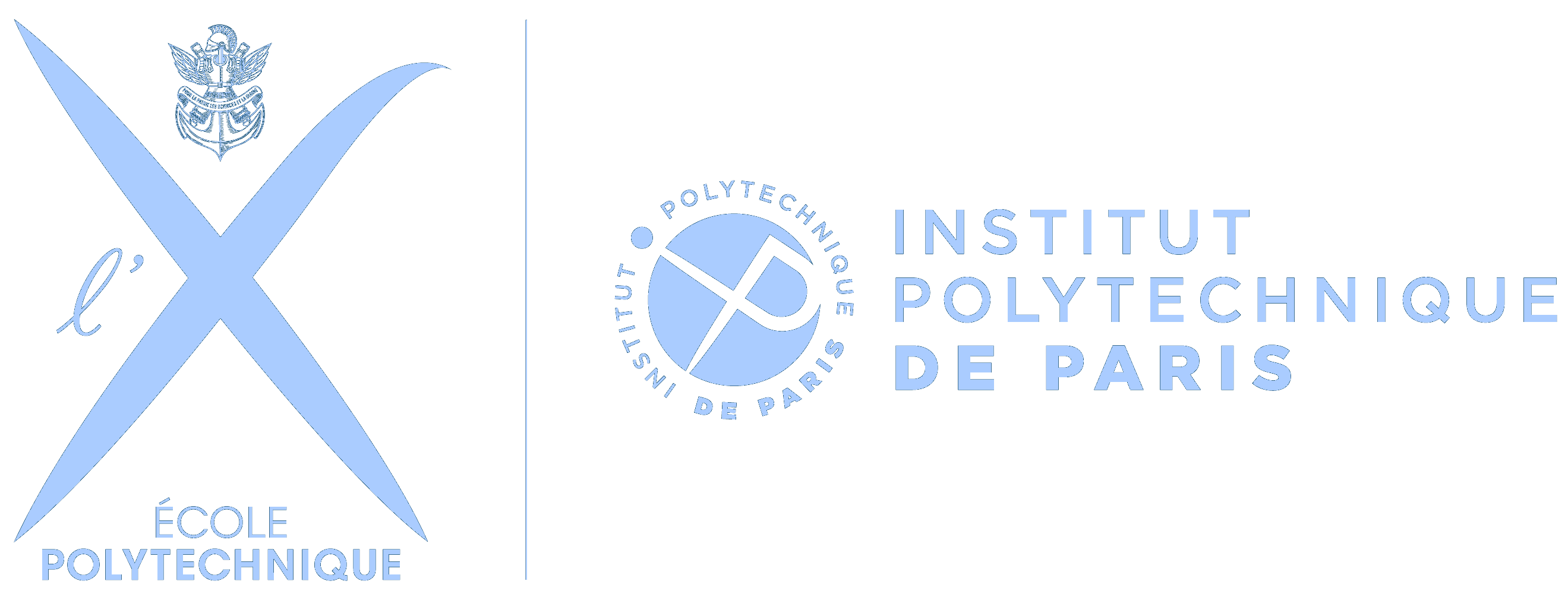Solving differential equations fast, precisely,
and reliably
Principal Investigator: Joris van der
Hoeven
ODELIX is financed by the European Union through an ERC-2023-ADG
grant, number 101142171
The project is hosted by CNRS and École polytechnique at the LIX laboratory
Being a language of nature, differential equations are ubiquitous in
science and technology. Solving them is a fundamental computational task
with a long and rich history. Applications usually require approximate
solutions, which can be computed using numerical methods such as
Runge-Kutta schemes. Alternatively, one may search for symbolic
solutions, which have the advantage of presenting the solutions in an
exact and more intelligible way. However, such solutions do not always
exist and may be hard to compute.
The present proposal aims at making the resolution of differential
equations both faster and more reliable. We will undertake a systematic
analysis of the cost to compute both numeric and symbolic solutions, as
a function of the required precision, special properties of the equation
and its solutions, and hardware specifics of the computer. This includes
the cost to certify approximate numeric solutions, e.g.
through the computation of provable error bounds. In order to compute
symbolic solutions more efficiently, we will develop a new theory that
relies on two techniques from computer algebra that were improved
significantly in the past decade: numerical homotopy continuation and
sparse interpolation.
Theoretical progress on the above problems will be accompanied by open
source implementations. For this purpose, we will also implement several
high performance libraries of independent interest: non-conventional
medium precision arithmetic, reliable homotopy continuation, sparse
interpolation, faster-than-just-in-time compilation, etc. Altogether,
these implementations will validate the correctness and efficiency of
our approach. They should also allow us to tackle problems from
applications that are currently out of reach.
Structure and main topics
|
The Odelix project is structured into four main
axes:
-
Axis 1: numerical resolution of ODEs
-
We wish to understand the computational complexity of solving
systems of ODEs as a function of various parameters: the required
precision, the size and dimension of the system, its stability and
numerical conditioning, etc. This knowledge will be applied in
order to develop more efficient and reliable solvers that will be
distributed as a free software library.
-
Axis 2: symbolic resolution of ODEs
-
This axis concerns the symbolic resolution of systems of ODEs,
using techniques from differential algebra, homotopy continuation,
and sparse interpolation. One major aim is to develop resolution
and elimination methods with a lower computational complexity.
-
Axis 3: asymptotic resolution of ODEs
-
With his long term collaborators Matthias Aschenbrenner
and Lou van den Dries, the principal
investigator developed the model theory of asymptotic
differential algebra and applications. Within the
Odelix project, we wish to develop effective
counterparts of this work.
-
Axis 4: performance support libraries and interfaces
-
The success of our work on the above three axes will depend on
algorithmic improvements and software implementations that need
not explicitly involve any differential equations. In particular,
this concerns multiple precision arithmetic, reliable computing,
HPC implementations, straight-line programs, etc. The required
developments are grouped together in this last axis.



